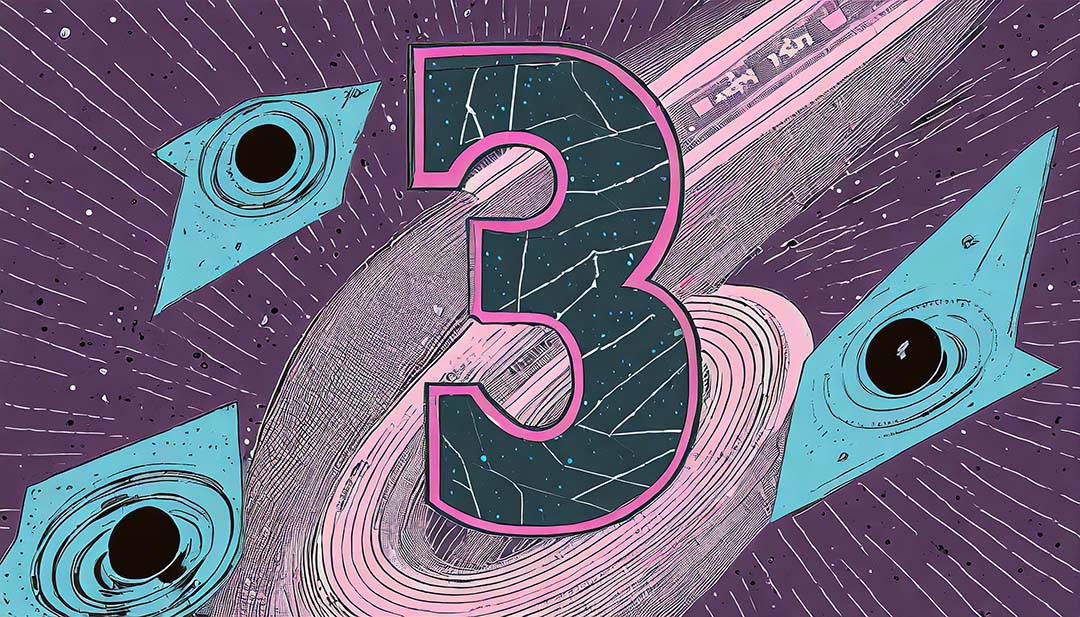Project news
21 Jun 2021
GWTC-2: introducing 39 new gravitational waves
I remember as a child religiously reading the Argos catalogue; probably sometimes looking for Christmas presents, but often just looking at how many things you could possibly buy from one shop. As I got older I started to wonder how on earth they managed to put such a large catalogue together. Five years after the first detection of a gravitational wave signal, I have a little insight into just how hard the latter process is, and a little more appreciation for how much the Universe has to offer.
Related publications
2024
GWTC-2.1: Deep extended catalog of compact binary coalescences observed by LIGO and Virgo during the first half of the third observing run
Physical Review D
2023
GWTC-3: Compact Binary Coalescences Observed by LIGO and Virgo during the Second Part of the Third Observing Run
Physical Review X
2021
GWTC-2: Compact Binary Coalescences Observed by LIGO and Virgo during the First Half of the Third Observing Run
Physical Review X

Project name:
o3pe
Dates: 2020-02 - 2021-12
Project Status: Complete
Project Description
The third observing run of the advanced LIGO and Virgo detectors saw the total catalogue of all gravitational wave events increased several fold to 90. In order to handle such a large amount of new data I assisted the teams constructing three event catalogues, GWTC-2, GWTC-2.1, and GWTC-3 by coordinating and performing the parameter estimation analyses on 88 of the 90 events.